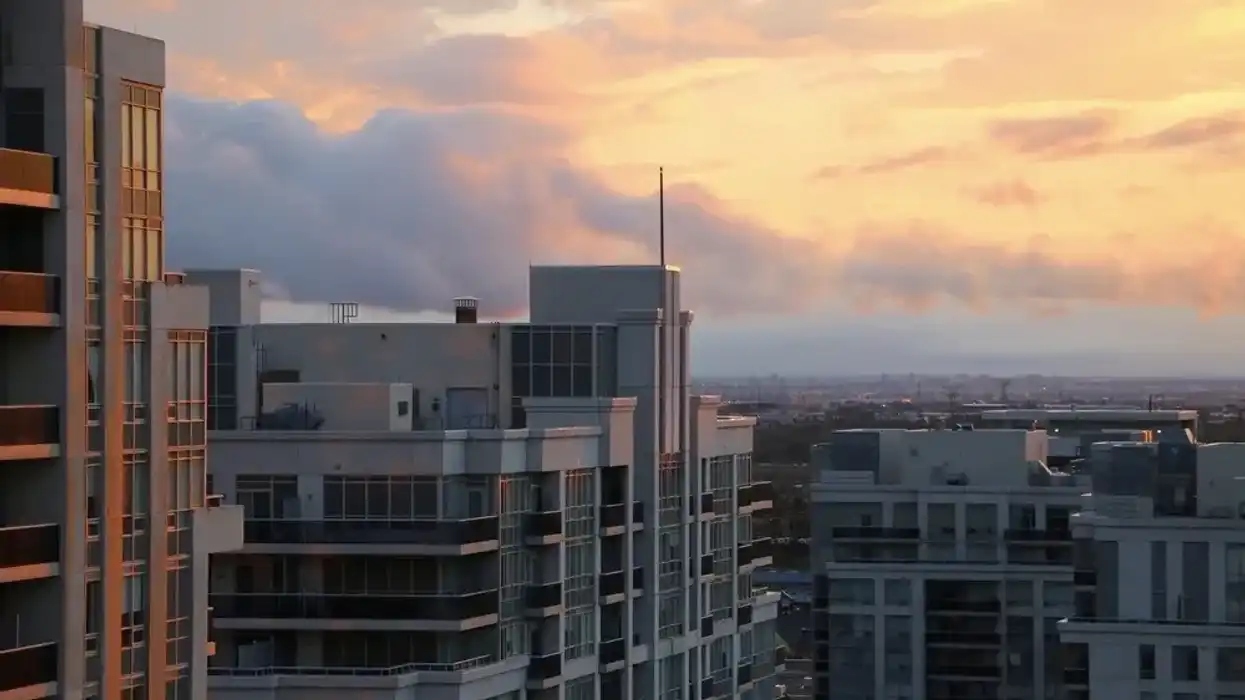The Greater Toronto Area will see its rental supply deficit more than double in the coming decade says a new report from the Building Industry and Land Development Association (BILD) and Federation of Rental-housing Providers of Ontario (FRPO).
The report -- which incorporates data from Urbanation, analysis from Finnegan Marshall, and policy recommendations from BILD and FRPO -- forecasts that the region will experience a shortfall of approximately 177,000 units by 2031, as the proportion of rental households spikes by 58%.
The shortfall is based on projections that the GTA will add approximately 135,000 purpose-built rental and condominium units to its housing stock by 2031, given the region’s current development trajectory. Although that figure represents an improvement of 24,000 units compared to the 10-year period prior, supply is expected to pale in comparison to rental demand projections, which the report puts at around 312,000 units.
With only 47,000 units projected over the next ten years, the report also underlines the need for a greater proportion of purpose-built rentals. In the GTA, new purpose-built rentals have contributed only 9% to the region's total rental universe over the past ten years.
“There was a surge in purpose-built rental starts in the region in 2018, but that appears to be stalling out,” says Dave Wilkes, President and CEO of BILD. This is attributed to high construction costs, which have escalated nearly four times faster than rents over the last three years, and lengthy project timelines, which average 100 months. In addition, the majority of planned rental projects are not seen through, with only one-third approved in 2022. Given these challenges, developers are less inclined to invest in the purpose-built segment.
Wilkes continues, “Purpose-built rentals represent a vital segment of the GTA and Ontario’s housing stock. They are dedicated rental housing and provide security of tenure. Unfortunately, we are just not seeing purpose-built rentals being built at the scale that is required. It comes down to the economics of building and managing these type of buildings.”
To satiate imminent demand, the report recommends a target of at least 124,000 purpose-built rental units over the next 10 years, a 164% increase over the number of units projected. This figure is provided “under an optimistic assumption that secondary rental supply (other than condos) will continue growing at the same pace as the last 10 years.” If that target is achieved, the projected rental supply gap could shrink to 77,000 units.
“This should be considered a minimum and realistic target, effectively meaning that rental construction starts will need to more than double their current pace — immediately,” the report goes on to say. “This does not correct for years of underbuilding and accumulating rental supply deficits, which was reflected in the 2022 rental vacancy rate of 1.6%, but rather helps prevent the situation from getting worse.”
Tony Irwin, President and CEO of FRPO adds that, with the bulk of Ontario’s purpose-built rental housing stock built before 1980, new units are essential if the GTA hopes to take pressure off aging units.
“We are calling on all levels of government to make new purpose-built rental housing a priority and to create a policy regime that recognizes the unique nature of this type development and stimulates the addition of PBR supply.”


















